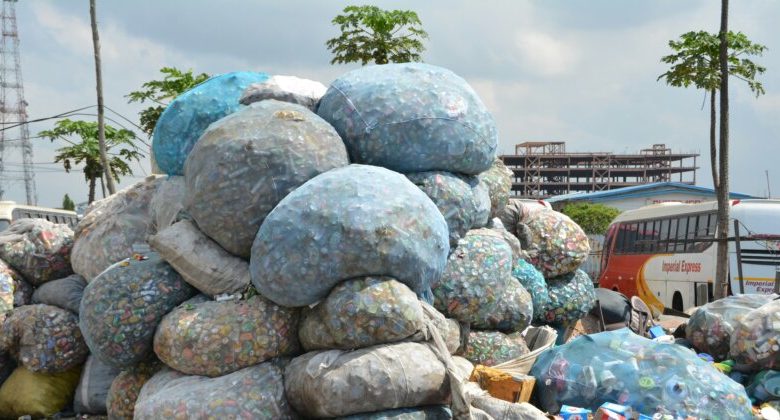Drones’ Emerging Role in Landfill Methane Detection

In the context of global environmental protection and climate change, reducing greenhouse gas emissions is one of the top priorities of governments and environmental organizations. Landfills are one of the major sources of the greenhouse gas methane, so monitoring methane emissions from landfills is particularly important. With the advancement of technology, traditional manual methane detection methods have gradually been unable to meet the needs of large-scale landfills, and the introduction of drone technology has brought revolutionary changes to methane detection in landfills. This article will explore the emerging role of drones in landfill methane detection and analyze their significant advantages in terms of efficiency, cost-effectiveness, and accuracy.
Improved Efficiency of Drone Methane Detection
Traditional methane detection methods usually rely on ground personnel carrying detection equipment to conduct inspections in the landfill area. This is not only time-consuming and labor-intensive, but also because landfills are usually vast and have complex terrain, many hard-to-reach areas often cannot be effectively inspected, resulting in less than comprehensive inspection results. The introduction of drones has completely changed this situation. Drones can easily fly over every corner of the landfill, including areas that are difficult to reach for ground inspections, greatly improving the efficiency of inspections.
For example, the DJI Matrice 300 series drone equipped with advanced methane detection equipment can cover the entire landfill area in a short time. Compared with manual inspection, drones fly faster and can complete inspection of a large area in one flight mission. This rapid detection capability means that landfills can be monitored more frequently to detect potential methane leaks and reduce the impact of leaks on the environment.
Improved Cost Effectiveness
In addition to efficiency improvements, the use of drones in methane detection also greatly reduces costs. Traditional ground inspection requires a lot of manpower and material resources. Especially for large landfills, the inspection process may take days or even weeks. The use of drones significantly reduces personnel investment, and one operator can complete the inspection work through remote control.
Additionally, using drones for inspection reduces equipment wear and safety risks. Traditional ground inspection personnel need to enter the landfill, which may not only face a harsh working environment, but also face the risk of exposure to toxic gases. Drones can monitor without direct contact with the ground environment, thereby reducing the risk of safety accidents.
Breakthrough Improvements in Accuracy
In the detection of methane in landfills, the accuracy of the detection equipment is critical. Methane is a colorless and odorless gas, and even a small leak can cause great harm to the environment. Therefore, high-precision detection equipment can help accurately locate the source of methane leakage and take timely repair measures.
Methane detection equipment mounted on drones, such as the methane detector compatible with DJI Matrice 300 and DJI Pilot 2, uses advanced TDLAS (tunable diode laser absorption spectroscopy) technology. This technology has unparalleled accuracy in methane detection, providing extremely detailed data when measuring methane concentrations. This device can not only detect extremely low concentrations of methane gas, but also achieve a long-distance detection range of 300 meters, with extremely wide coverage. In addition, the methane detector has a fast response time of 10ms, which can capture any potential leaks in real time.
Combined with GPS positioning capabilities, these devices can accurately report the location of methane leaks, allowing remediation teams to respond quickly and take targeted action. This kind of accuracy and fast response capability is unmatched by traditional ground detection methods.
Prospects for the Application of Drones in Future Methane Detection
The use of drone technology for methane detection in landfills is still in its infancy, but it is already showing great potential. With the continuous development of technology, drones will be able to be more intelligent and automated in the future. For example, drones can automatically inspect landfills regularly through preset flight paths, further reducing manual intervention and improving the frequency and accuracy of inspections.
In addition, as drones are integrated with other smart technologies, such as artificial intelligence and big data analysis, methane detection in landfills will become even smarter. Drones can not only detect methane leaks in real time, but can also upload the detected data to the cloud for analysis and generate detailed methane concentration change trend reports. This trend reporting will help decision makers better understand the overall landscape of landfills and make more effective management decisions.
In Conclusion
The emerging role of drones in landfill methane detection not only improves the efficiency and accuracy of detection, but also greatly reduces costs and safety risks. By carrying advanced methane detection instruments, drones can quickly and accurately detect methane leaks in large-scale landfills and provide timely data support for repairs. In the future, with the further development of technology, drones will be more widely used in methane detection and make greater contributions to environmental protection and climate change response.




